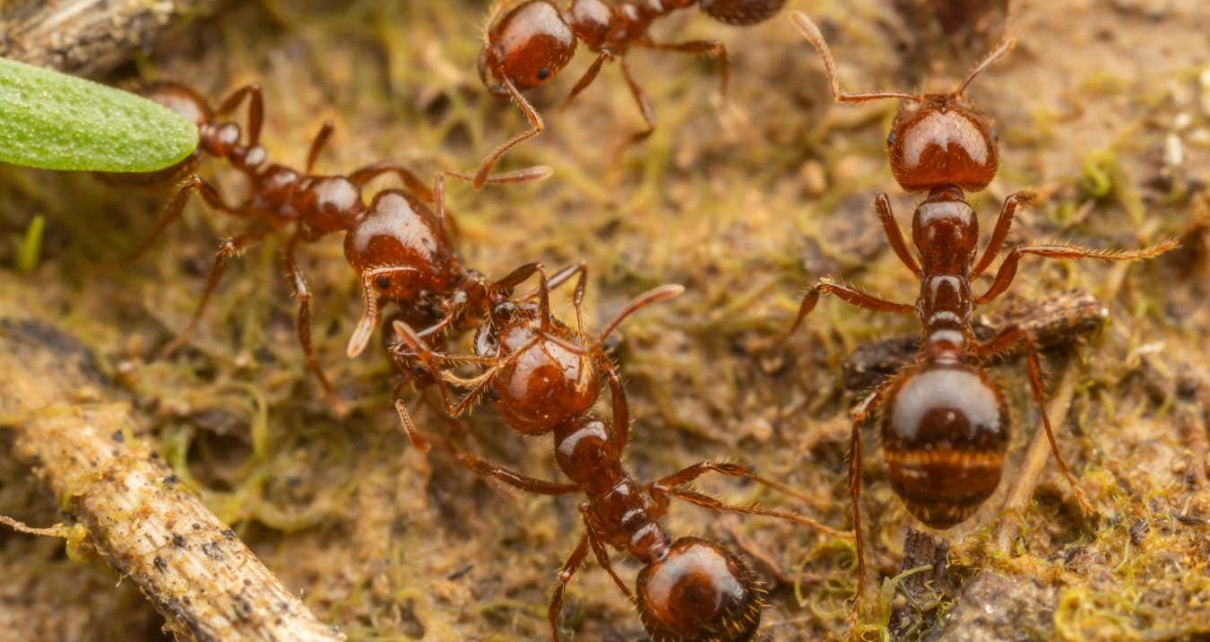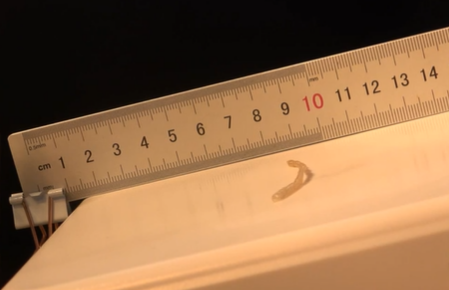[ad_1]

Red imported fire ants are an invasive species in many parts of the world
Clarence Holmes Wildlife/Alamy
Dozens of red imported fire ant nests have been found in Sicily, Italy – a sign that the invasive insects have become established in Europe.
The red imported fire ant (Solenopsis invicta) is a venomous species that originally comes from South America. Since it was first described by science in 1916, the species has spread around the world, including to Australia, China and the US, primarily due to imports of soil and plants from its native region to other countries.
“It’s considered one of the worst invasive species,” says Mattia Menchetti at the Institute of Evolutionary Biology in Barcelona, Spain. For people, red fire ant bites can be extremely painful due to their venom, which some people may even be allergic to, he says.
Red fire ants also pose a threat to nature by preying on other species, such as birds and reptiles, and displacing native ant species.
Local reports of painful ant stings from around the coastal city of Syracuse on the island of Sicily have been circulating for a few years, says Menchetti.
He and his colleagues went to collect samples of the culprits and quickly identified them as S. invicta. The team found a total of 88 red imported fire ant nests spread over 4.7 hectares in the area.
DNA from these ants was found to be most similar to red imported fires ants in China and the US – a clue that the now established Sicily population may have come from either of those countries.
According to the team’s models, the ants could spread to 7 per cent of Europe under current environmental conditions, although climate change could increase their range further. They are most likely to spread to warm, well-connected regions, such as coastal Mediterranean cities. But urban areas across the continent, including Paris and London, may be suitable for the species to thrive due to their many heat sources, such as buildings.
Menchetti’s team is working with authorities to continue monitoring the region and to establish the extent of the population, which will guide eradication plans.
Topics:
[ad_2]
Source link




